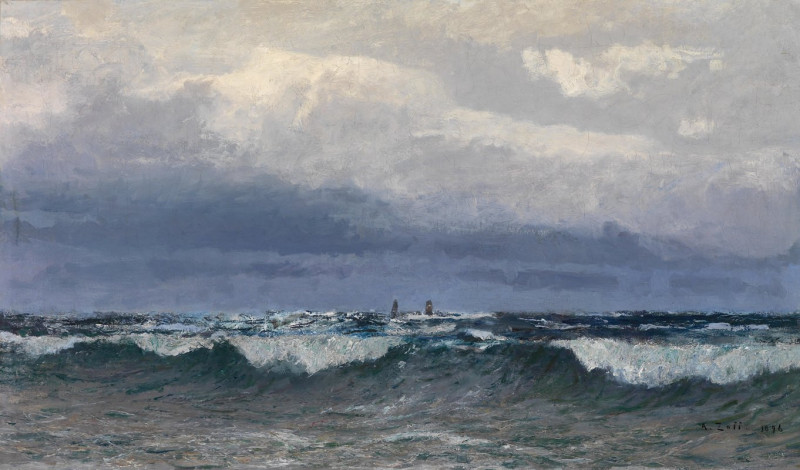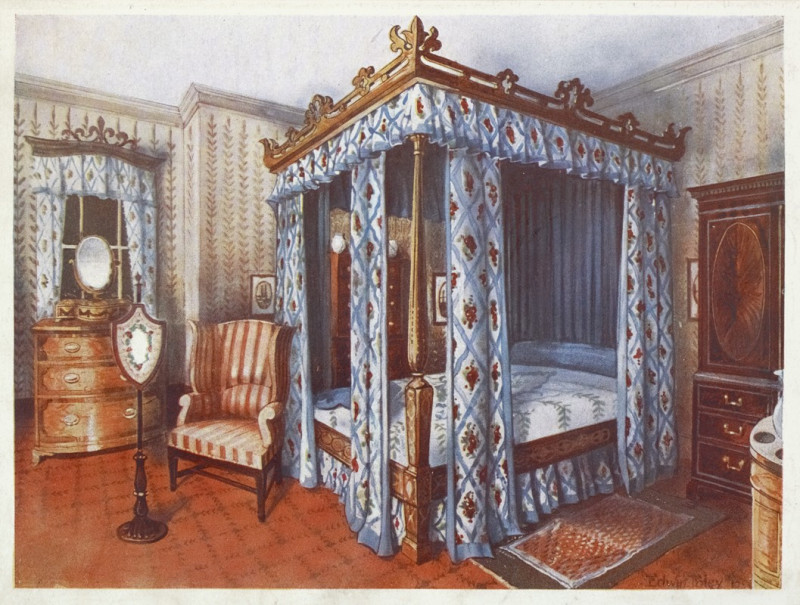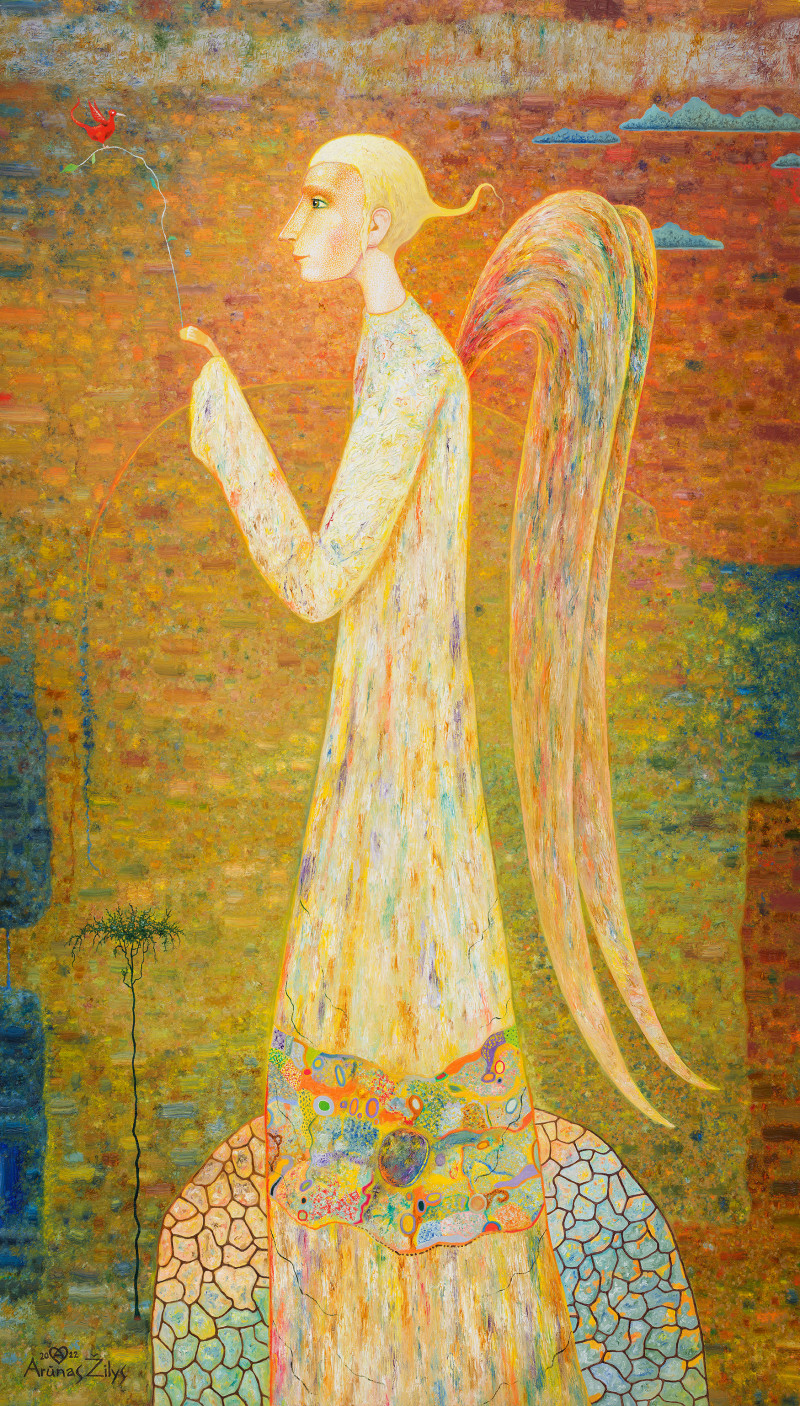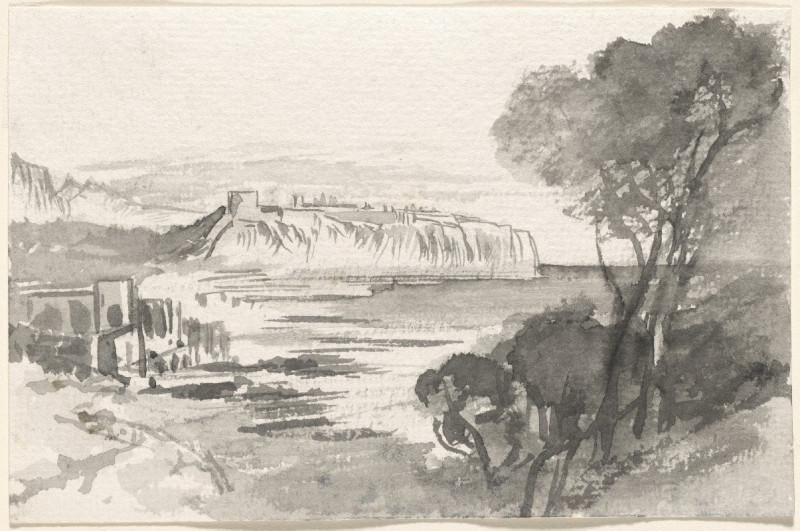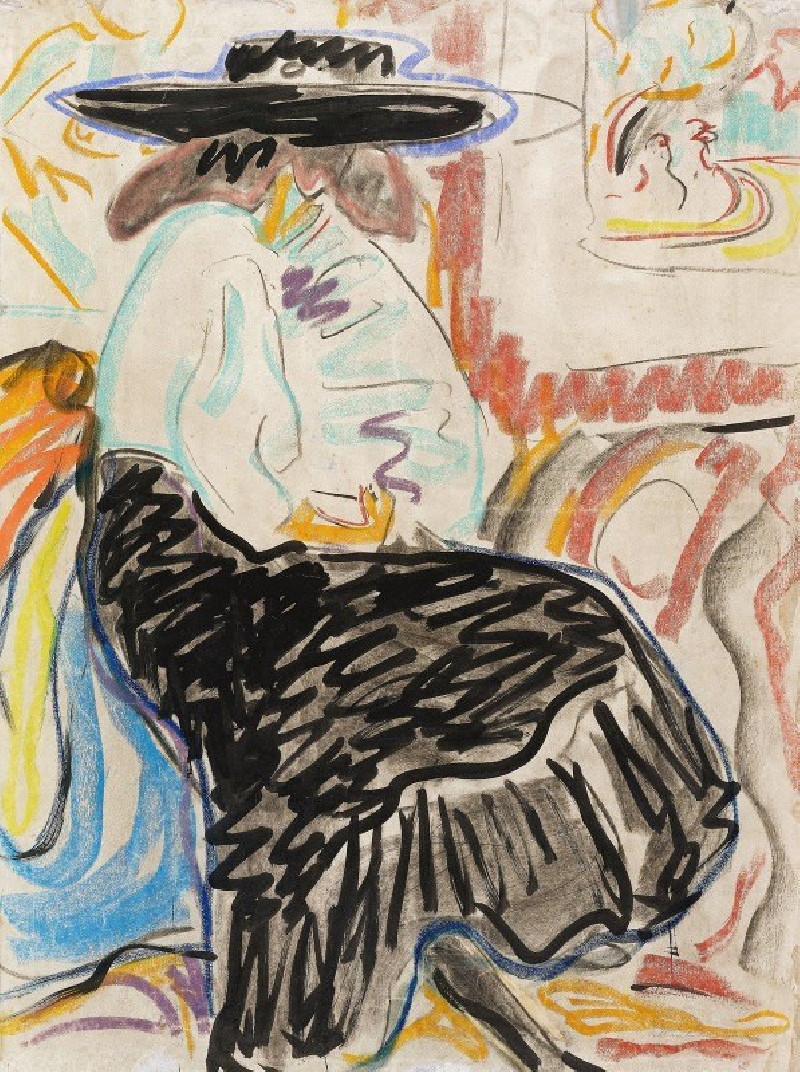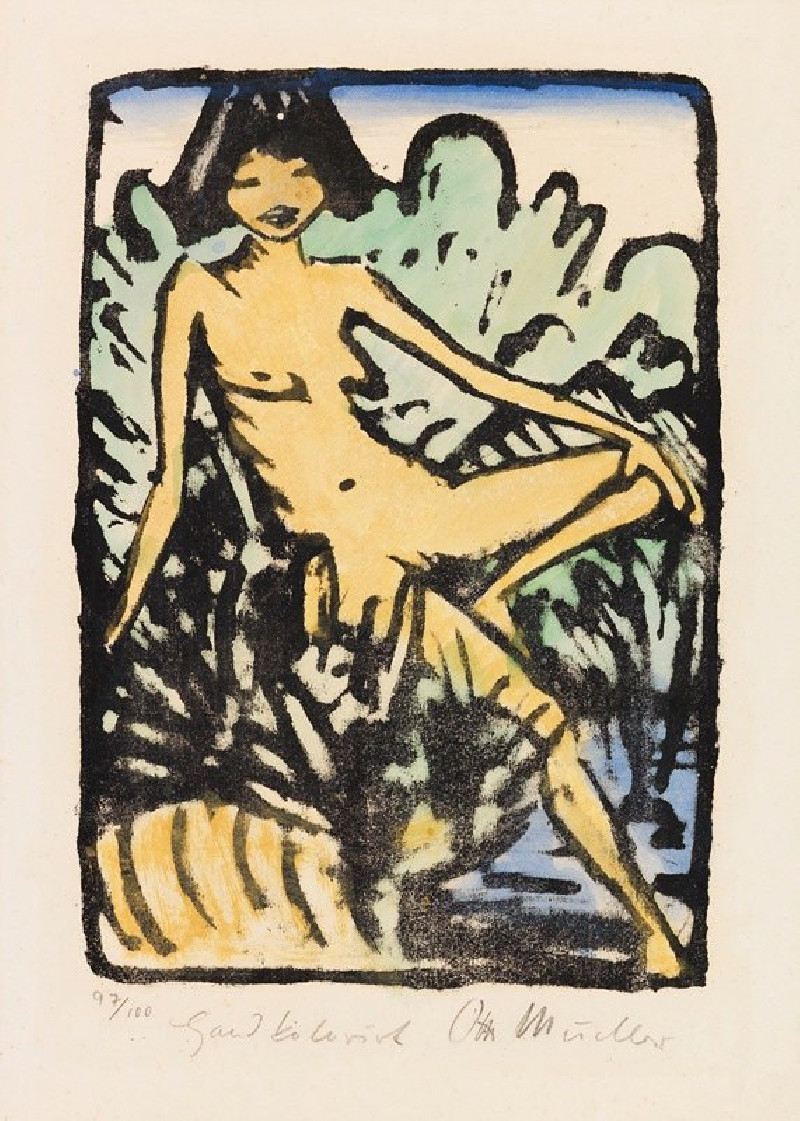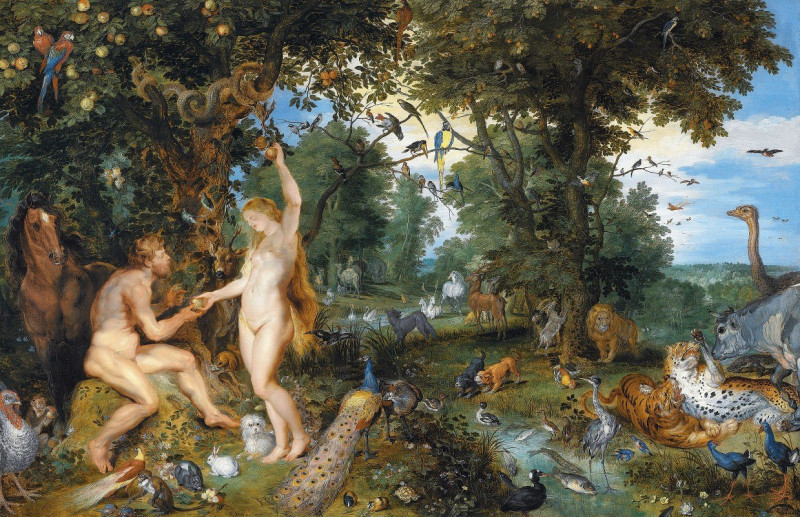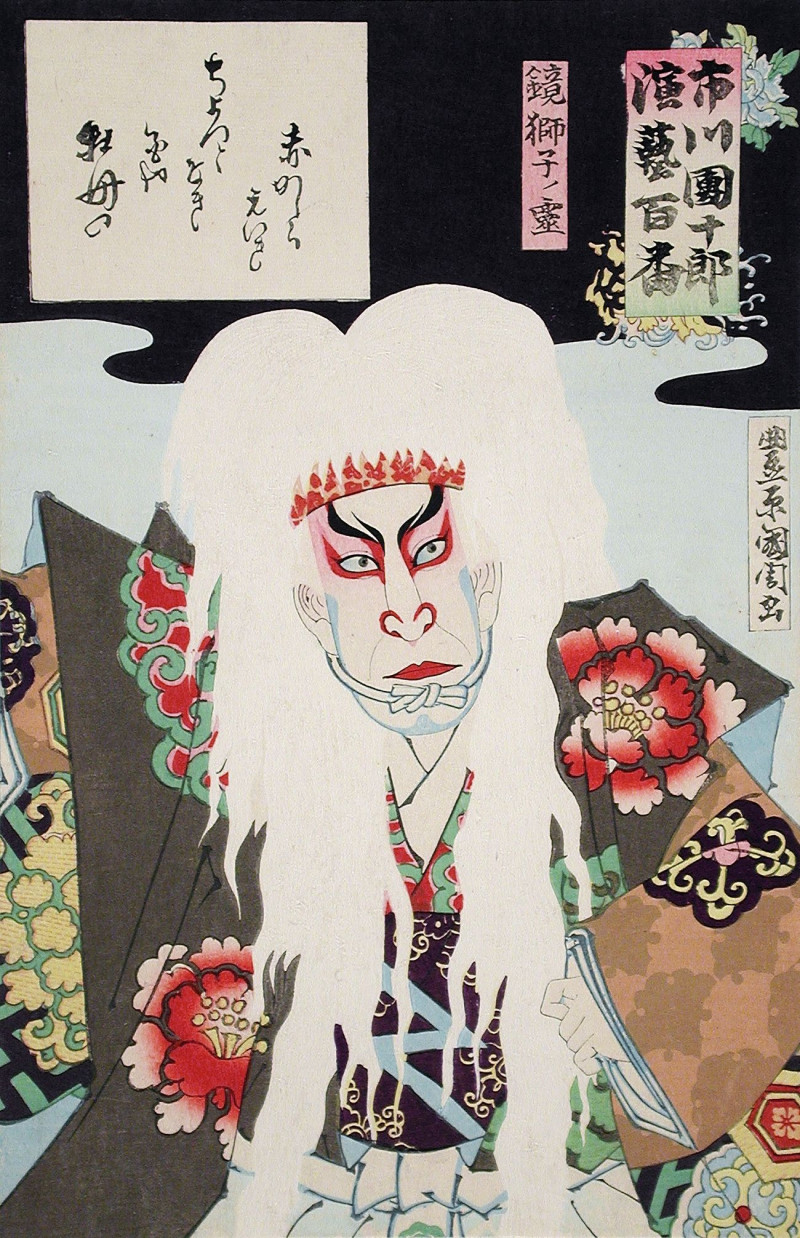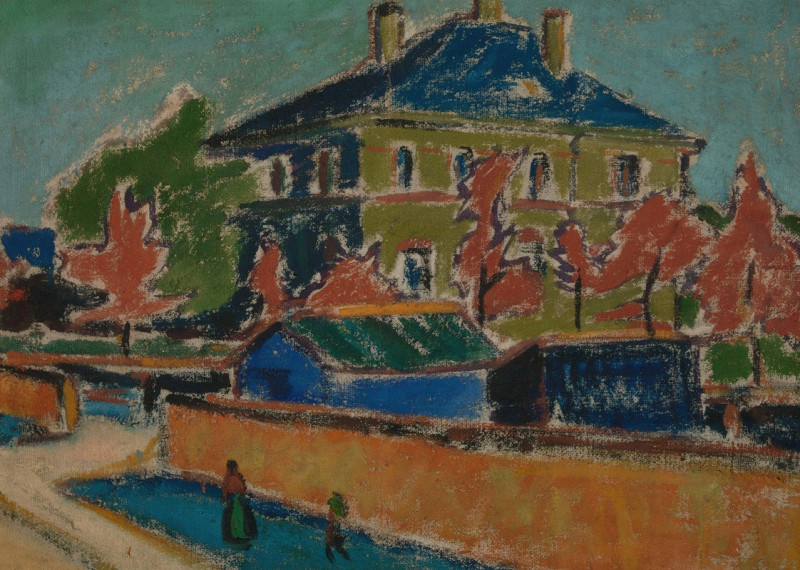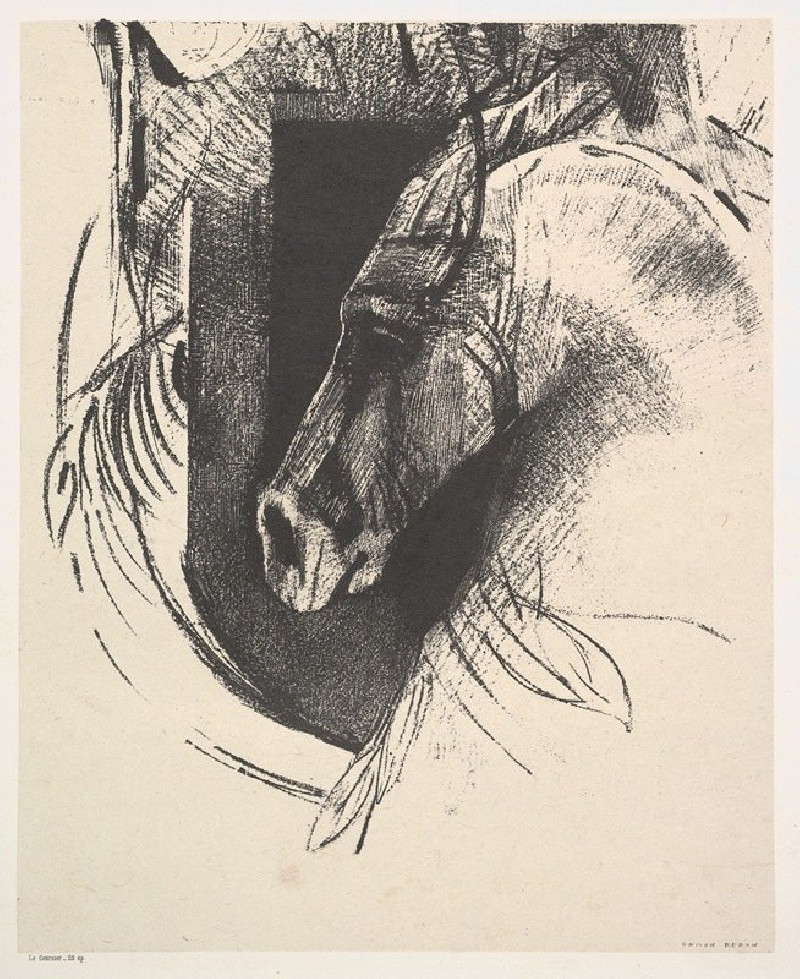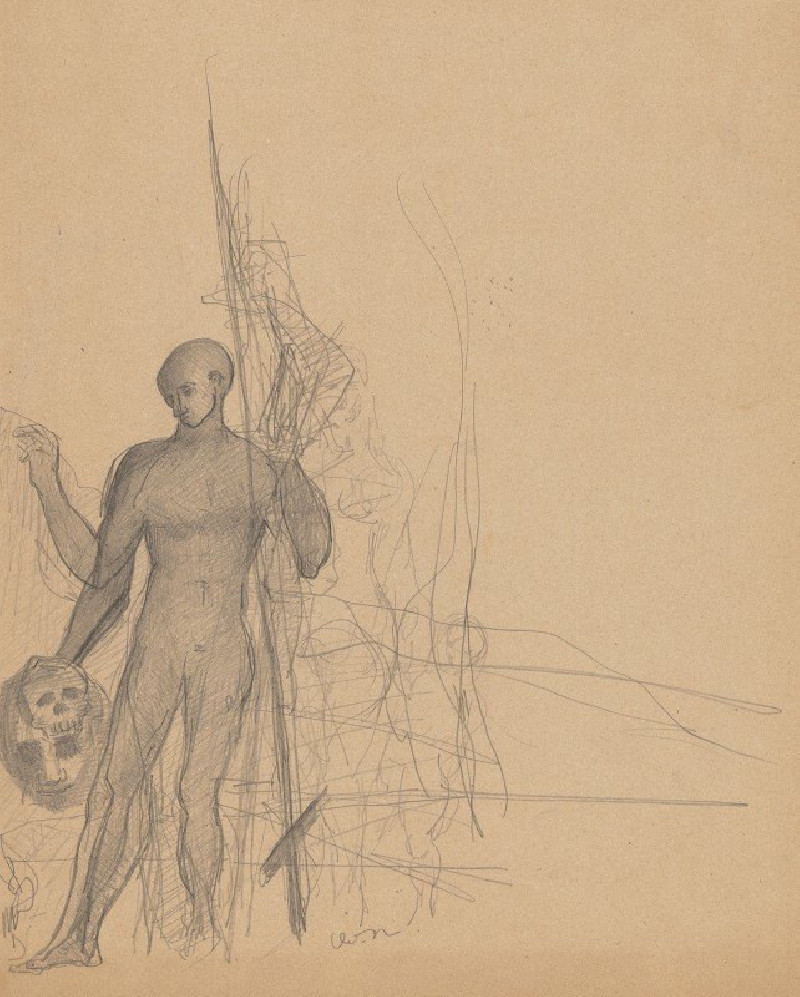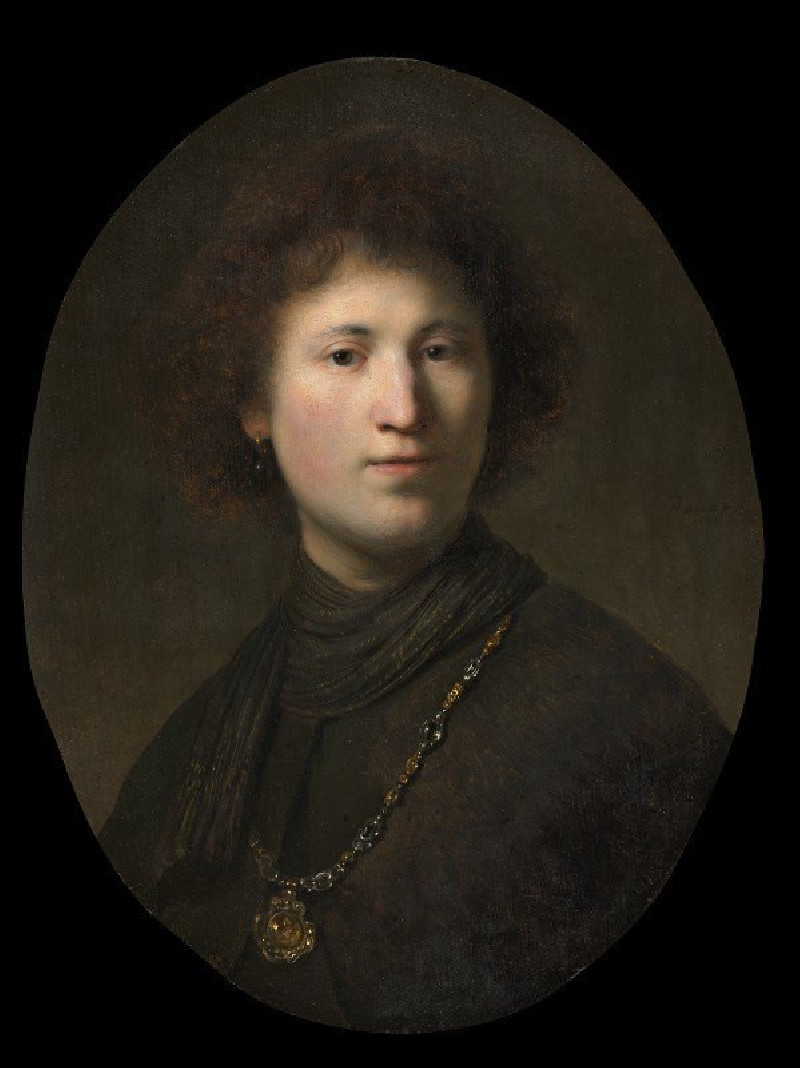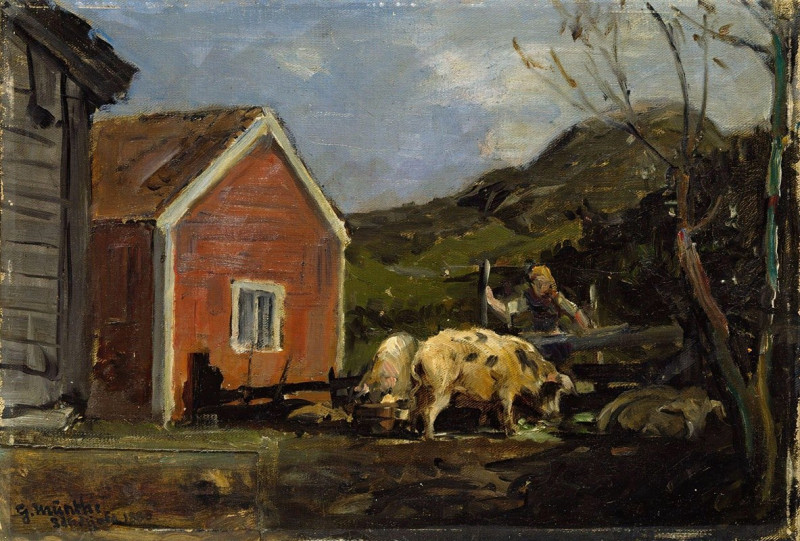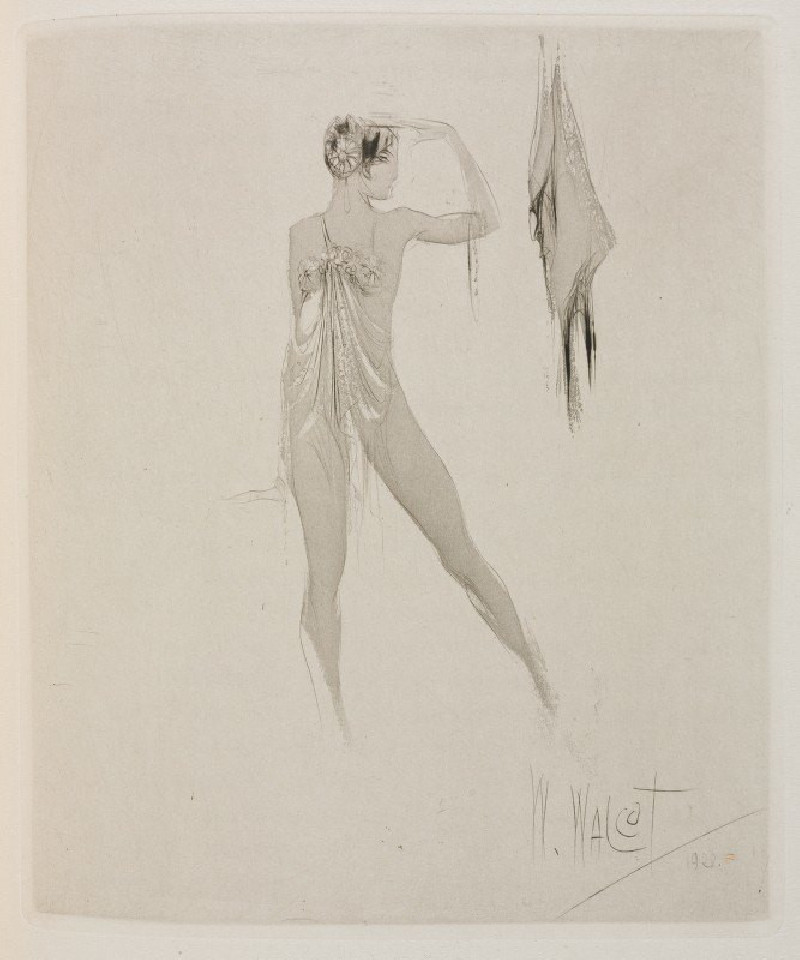Libido of the Forest (1917)
Technique: Giclée quality print
Recommended by our customers
More about this artwork
In the vibrant and intricate painting by Paul Klee, created in 1917, we observe an extraordinary symphony of colors and shapes that seemingly evoke the stirring sense of vitality within a forest's depths. The artwork is distinctively abstract, typical of Klee’s style, where he manipulates color and form to delve into the metaphysical aspects of nature.At first glance, viewers are greeted by an exuberant display of swirling brushstrokes and feather-like patterns that dominate the canvas. These strokes manifest in a rich palette of greens, blues, oranges, and earthy browns, mimicking the organic and ever-changing scenery of a woodland.Klee's mastery in balancing color and movement within his compositions is evident here. Each stroke and color does not just exist alone but interacts dynamically with its surroundings, much like the interdependent life within a forest. The title, , suggests a deeper interpretation, perhaps reflecting on the forest's inherent drive for growth and renewal — its life force.This painting not only showcases Klee's unique ability to translate nature's essences into art but also invites viewers to contemplate the vibrant, unseen energies that drive the natural world.
Delivery
Returns
Paul Klee was a Swiss-born German artist. His highly individual style was influenced by movements in art that included expressionism, cubism, and surrealism. Klee was a natural draftsman who experimented with and eventually deeply explored color theory, writing about it extensively; his lectures Writings on Form and Design Theory (Schriften zur Form und Gestaltungslehre), published in English as the Paul Klee Notebooks, are held to be as important for modern art as Leonardo da Vinci's A Treatise on Painting for the Renaissance.


































